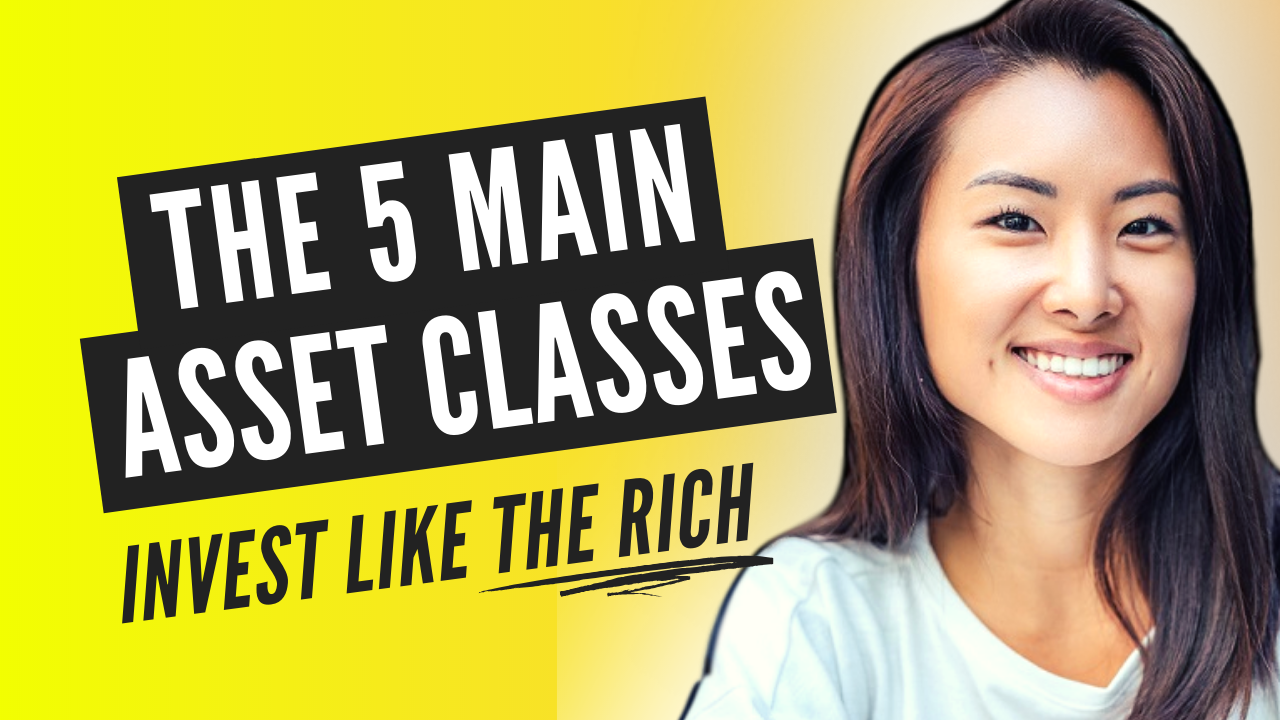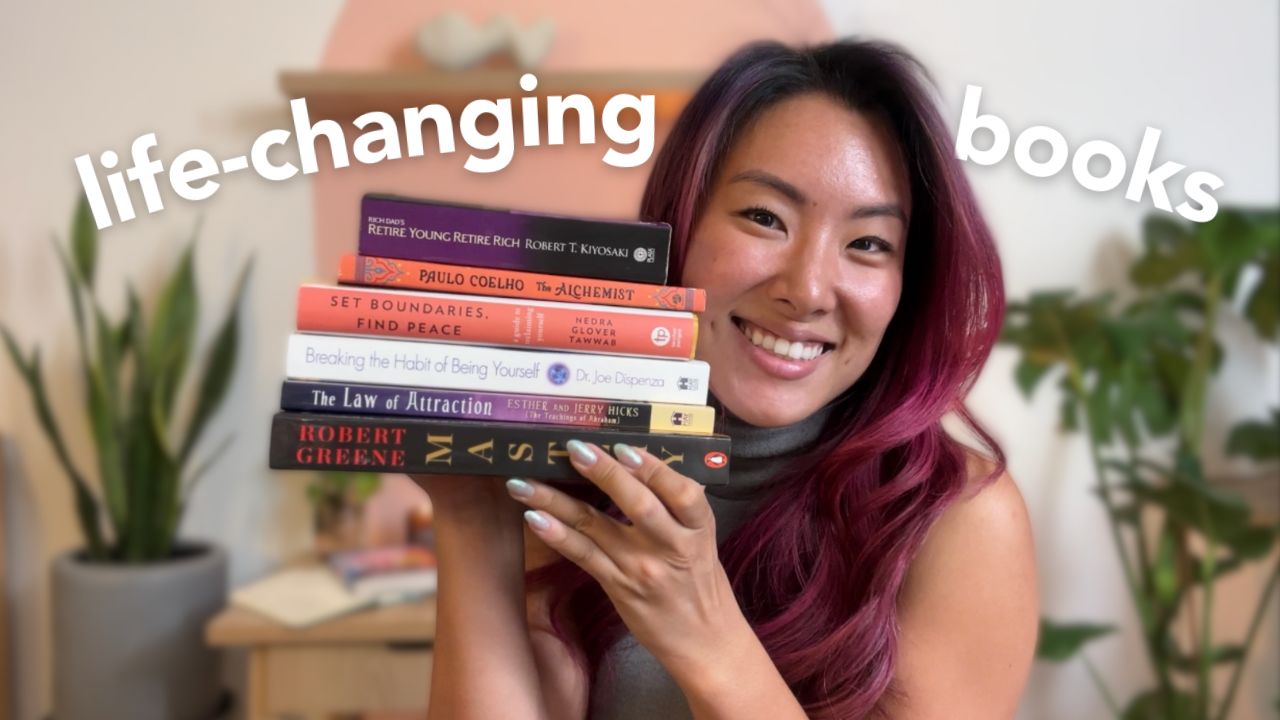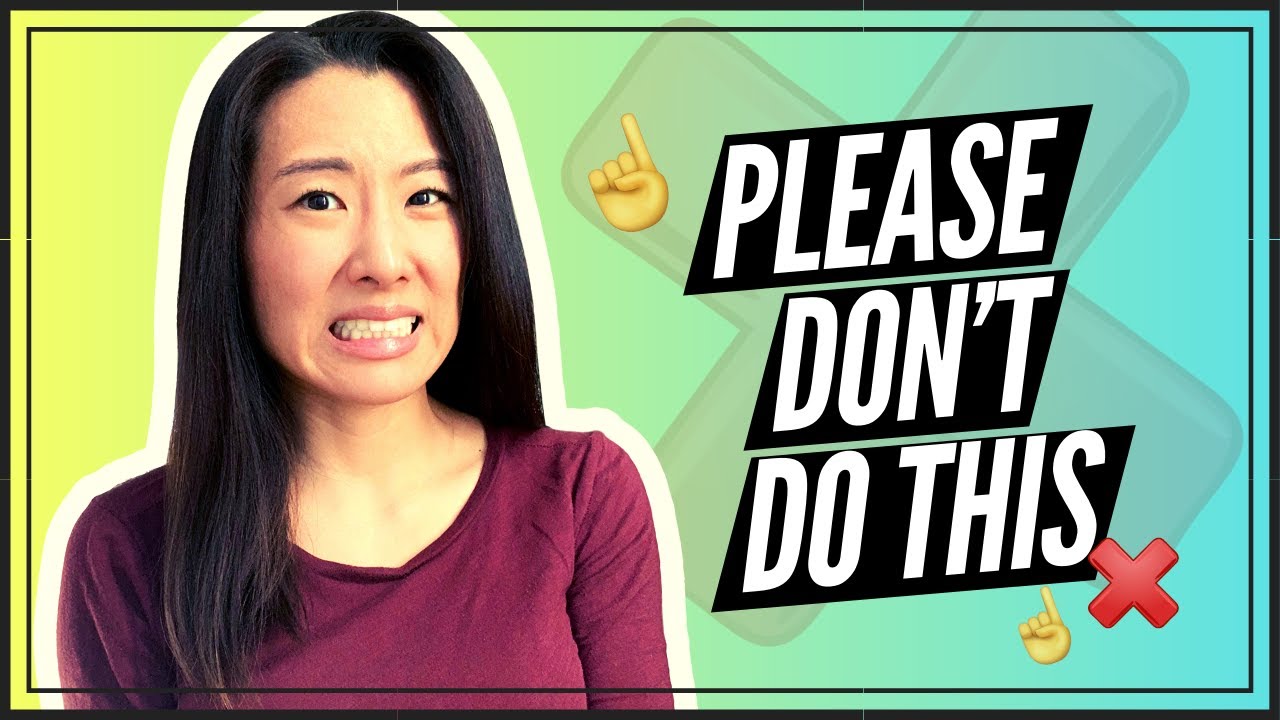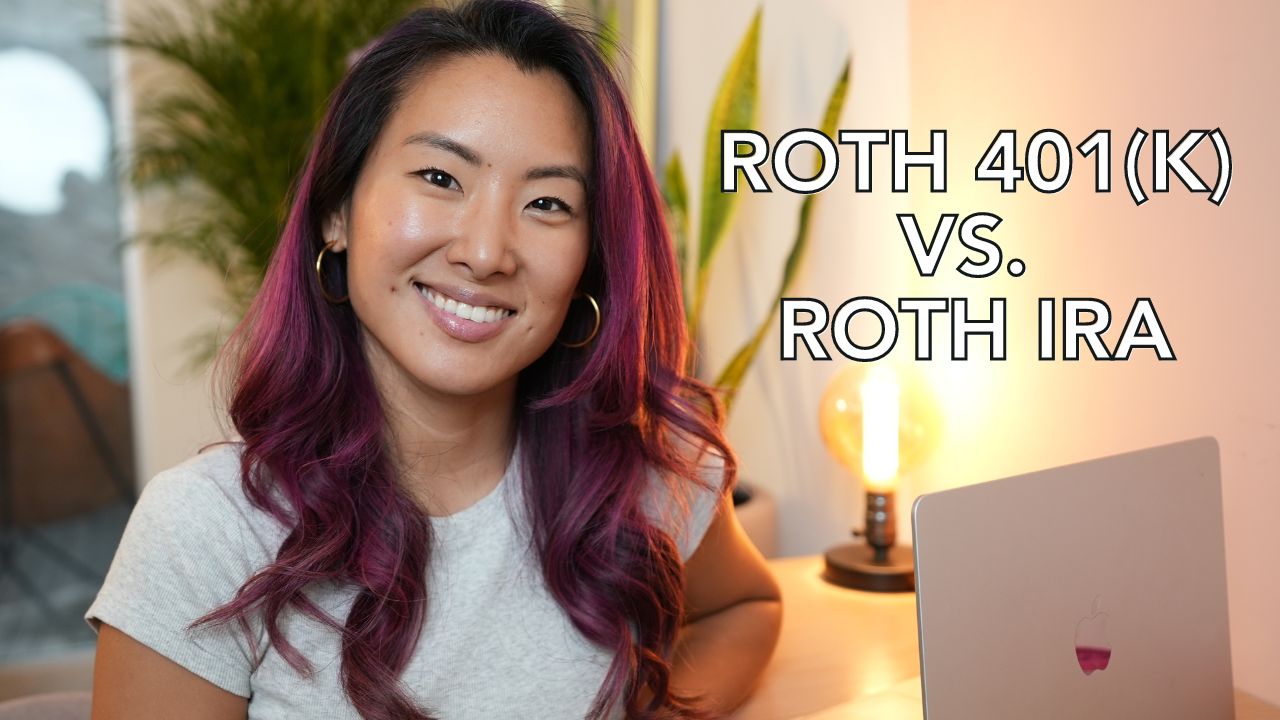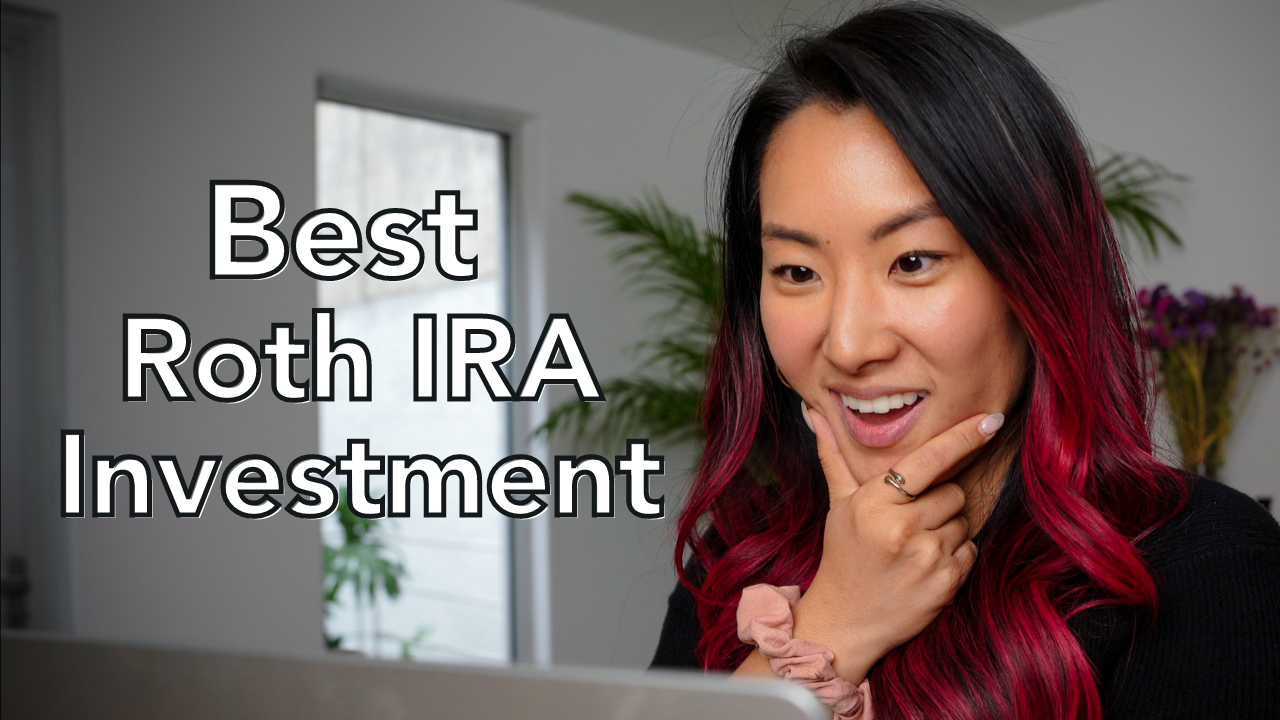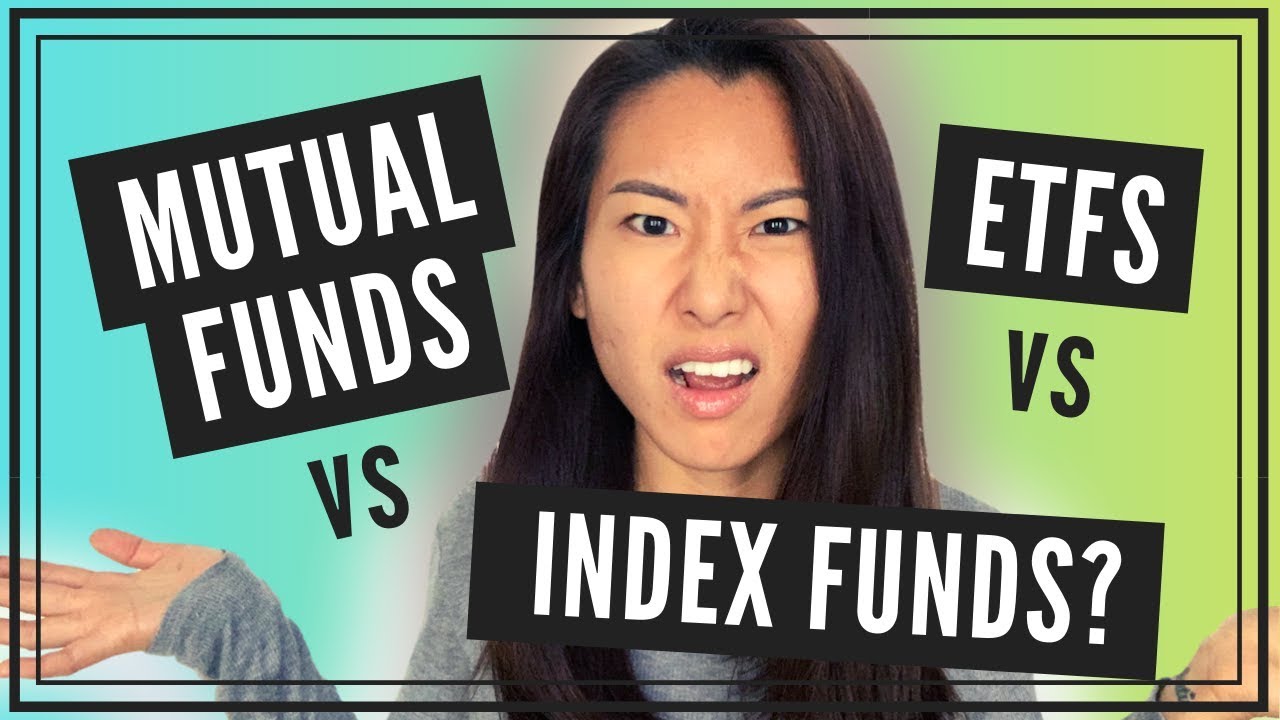Focus on buying these 5 types of assets, and you’ll become very, very, very rich. There are 5 main asset classes to know about when you get started investing. The ultimate goal is to own a little bit in each asset class so you have a really strong, diversified portfolio.
In this blog post, I’ll explain each of the 5 asset classes in detail. I’ll also give you some tips on how you can start investing in them, even if you don’t have a ton of money to invest right now.
Watch the video below or keep reading!
Asset classes are groups of investments that behave similarly. Investments in the same asset class usually respond to market conditions and economic events in the same way. They also share similar laws and regulations.
#1 – Stocks
The first asset class is equity, a.k.a. stocks or shares.
When you buy equity, you become a co-owner (or shareholder) of the issuing company. If the company has 10k shares outstanding, and you own 1k shares, then you own 10% of the company.
As an equity investor, you get returns in 2 ways:
- When the stock price increases, the market value of your equity stake goes up which you can sell at a profit.
- Equity investors also make a return via dividends. Since you’re a part owner in the company, you’re entitled to a piece of the profits, which you receive in the form of dividends. Dividends are typically paid quarterly. Back in the day, every shareholder would receive their quarterly dividend as a paper check in the mail, but nowadays you’ll most likely get an electronic deposit in your account.
You can buy stocks via a fund – a pooled investment vehicle – or you can buy individual stocks of companies that you’ve researched.
You should only buy individual stocks if you know how to pick stocks and you’re knowledgeable about the company you’re investing in. I explain how to assess companies in this blog post, so if you’re interested in picking stocks, then definitely check it out.
The other option is to invest in a fund that packages a whole bunch of stocks into a nice, diversified portfolio. This is the best way to benefit from the wealth-building upward trend of the stock market without having to go down the rabbit hole of analyzing individual companies. If you want to learn more about investing in funds, then you might want to check out this post right here for an in-depth explanation.
Before you can invest in stocks, you first need to open a brokerage account. A brokerage account is kinda like a bank account, but it’s a place to hold your investments instead of holding your cash. Brokerages that you can look into are Fidelity, Vanguard, TD Ameritrade, and Robinhood.
#2 – Bonds
The second asset class is debt, or bonds. When you buy a bond, you become a lender. So bonds are very different from stocks, because unlike equity investors, bondholders don’t own anything. You’re just lending money to the borrower, in return for periodic interest payments (which are typically semiannual). Then at the end of the loan, you get the original principal amount back.
You can invest in either government bonds or corporate bonds. Government bonds are issued by …governments in order to fund infrastructure projects, education, and pay for all the other things that governments do. Corporate bonds are issued by firms that need funding for projects and initiatives to grow the company.
The #1 factor to consider when investing in bonds is creditworthiness. As long as the borrower is in good financial shape, you’re pretty much guaranteed the interest payments and the return of your principal. But if the borrower goes bankrupt, then you’re out of luck.
Moody’s, Standard & Poor’s, and Fitch are agencies that publish bond ratings that show the borrower’s creditworthiness. AAA bonds are about the safest you can get, with basically zero chance of default. And the further you go down the ratings table, you’ll see bonds offering higher interest rates.
Obviously as a lender, you want to get as high of an interest rate as possible, but the key is to balance that with the risk of not getting your money back. When you see a bond offering really high interest, that’s because the borrower is in shaky financial condition and there’s a high chance of you not getting your money back.
For example, Argentina’s government bond is paying around 12%, vs U.S. Treasuries which are paying around 2%. Argentina has defaulted 8 times on its debt, whereas the U.S. has never defaulted – so that’s kind of how it works.
Bonds are considered to be safer than stocks, because when a borrower goes bankrupt, bondholders are usually first in line to get their money back, whereas stockholders are the very last to get paid in a default situation. You get a lot less upside with bonds than with stocks. If your goal is to grow your money, then you’d want to invest MOST of your money in stocks, not in bonds.
You can invest in bonds using the same brokerage account that you use for stocks. However, the minimum investment is usually $1000, so unless you have tens of thousands of dollars to invest in bonds, it probably makes more sense for you to invest via bond funds, which are pooled investment vehicles that give you access to a wide range of bonds, with no minimum investment.
Some example of bond funds you can look up to jump start your research is the Fidelity Long-Term Treasury Bond Index Fund (or FNBGX), and iShares Treasury Bond Exchange-traded Fund (or IEF).
#3 – Cash
The 3rd asset class is cash and cash equivalents. So anything that’s sitting in your checking or savings account, or in your wallet – that’s cash. And cash equivalents – also known as the money market – are securities that earn a little bit of interest and can easily be converted to cash. Any form of debt that has a loan term of 1 year or less is considered a cash equivalent.
So that’s CDs, 1-month Treasury bills, 3-month Treasury bills, 6-month Treasury bills, repurchase agreements, and commercial paper.
Have you ever seen those news articles talking about how some companies are sitting on tons of cash? Like Apple always has hundreds of billions of dollars of cash on hand. And that’s obviously not sitting in a bank account somewhere, because banks pay hardly any interest. When companies have extra cash, they put it into the money market, which currently yields about 2%.
One way you can invest in cash is by purchasing shares in a money market fund like FDLXX and VMFXX. You could also purchase CDs (certificates of deposit) either through your bank or in your brokerage account, or you could just find a savings account that earns decent interest and park your money there.
Cash and cash equivalents are NOT good long-term investments. Even though they pay a little interest, cash loses its purchasing power over time due to inflation. So it’s a very very very bad idea to keep all your money in cash or cash equivalents. It’s really just meant to be a place to park your savings, but it’s not going to provide you the kind of growth you get from stocks and real estate.
Which leads me to the next asset class on the list!
#4 – Real estate
Real estate is property – it can be residential, office, commercial, industrial. There’s 2 ways to make money investing in real estate. When property values go up, you can sell it at a profit. You can also collect rental income as long as you own the property.
Real estate is a lot like stocks in that sense – it gives you a combination of growth AND income. People who like real estate like that it’s something tangible that you can touch and see, and it’s a pretty simple asset class to understand. Paper assets like stocks and bonds are a bit harder to wrap your head around.
Another benefit of real estate is that it’s the only asset class where banks will LEND you money to buy it. You can always get a mortgage to buy a property, but very few banks will lend you money to invest in stocks. As long as the cash flow from the property pays the monthly mortgage, you can use less of your own money and still enjoy the benefits of owning the property. This is called leverage and if used wisely, can generate a high return on your money.
Of course, the catch is that real estate is the most capital-intensive of all the asset classes. Buying any piece of real estate is usually going to require tens of thousands of dollars, if not hundreds of thousands.
A less capital-intensive way to invest in real estate is by investing in REITs (real estate investment trusts). REITs are basically shares of ownership in companies that own huge portfolios of real estate. REITs are basically stocks – they trade like stocks and you have to buy them in a brokerage account, just like stocks. They generally pay nice dividends and you’ll never have to fix a toilet or deal with property management like if you owned real estate directly.
You can also try crowdfunding platforms like Fundrise, RealtyMogul, and Crowdstreet. Investing in real estate crowdfunding deals is a lot like investing in REITs, but both of these options generally come with less control and a lot of really high fees.
#5 – Alternatives
So we’ve covered the 4 MAIN asset classes – stocks, bonds, cash, and real estate. I also wanted to quickly mention some alternative asset classes. There’s precious metals – so gold, silver, platinum, palladium. Also fine art, collectibles like fine wine and exotic cars, these are all alternative assets. Some other ones are hedge funds, commodities, and derivatives, These are mostly meant for high net worth investors and it’s generally not recommended for anyone who’s just starting out.
Stocks, bonds, cash and cash equivalents, and real estate are the basic building blocks of a bulletproof financial portfolio. Most of the growth in your investments are going to come from stocks and real estate, and you can use bonds and cash for income and stability and to make a small return on your savings.
